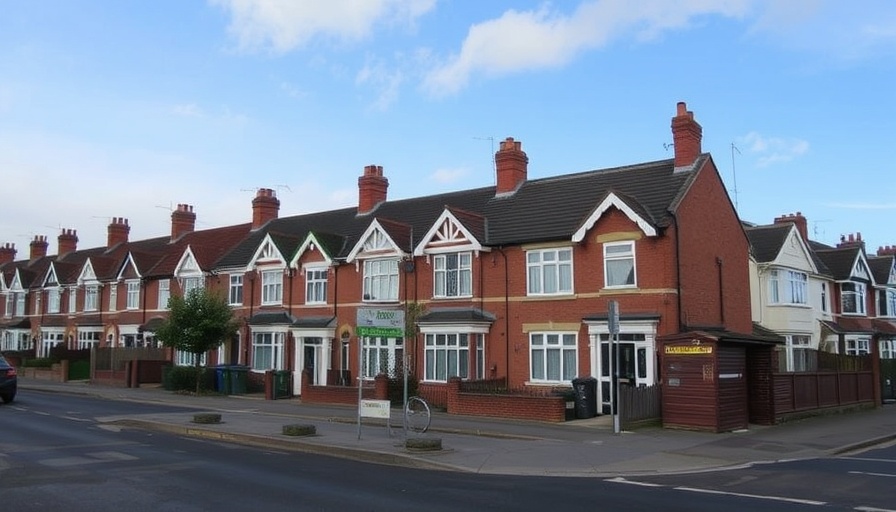
The Risks of Living Too Close to Golf Courses
The story of Billy Herd and Morag Swan highlights the unexpected hazards that can accompany a scenic holiday retreat. After relocating their lodge adjacent to the Powfoot Golf Course, the couple was caught off guard by the frequency of stray golf balls, prompting serious safety concerns. This situation brings forth a critical discussion for potential property buyers about the risks involved in purchasing properties near active recreational spaces.
Understanding Property Development and Golf Course Dynamics
In the case of the Powfoot Golf Course, the last four years have seen significant tension between the golf club's operation and nearby property owners. Historically, many golf courses have expanded without consideration for adjacent land use, leading to situations where holiday and residential properties are placed in jeopardy. Developers asserting that once a property is sold, the responsibility shifts to owners can overlook the ongoing implications of land use and safety.
Legal Perspectives on Property Rights and Disputes
Billy and Morag's plight serves as a reminder of the rigorous legal landscape surrounding property rights. According to property law, when purchasing homes near golf courses, owners must be aware of potential liabilities. Past tenants and owners have rights which may affect current buyers' experience; for instance, disclosures about potential safety hazards are mandated in many jurisdictions.
Best Practices for Prospective Buyers in Similar Situations
Those looking to purchase properties near recreational areas should take a proactive approach in their research. Engaging with local councils beforehand can help gauge whether there have been grievances or safety warnings issued in the area. Additionally, discussing with current residents about their experiences can provide invaluable insights into the pros and cons of living in close proximity to golf courses.
Future Solutions and Community Engagement
As Billy and Morag have voiced their concerns to Verdant Leisure, the importance of community feedback has never been more pronounced. Developers and park owners must engage actively with residents, especially when safety is at stake. Solutions like the installation of nets must be properly evaluated against the universal standards of safety — we must lobby for more expert input on such placements to ensure they provide the necessary protection against potential hazards.
Emphasizing Safety and Community Action
The current situation surrounding the Powfoot Golf Course exemplifies a collective responsibility among developers, owners, and the local government to maintain a safe environment for all. Statistically, incidents involving stray golf balls can lead to severe injuries, making it critical for communities to advocate for effective solutions that do not solely rely on the goodwill of park managers.
As property buyers in regions like Dumfries consider their investment, ensuring personal safety and the security that their homes provide must remain a priority. Engaging in community discussions and demanding transparency regarding risks can help prevent tragedies from occurring in the future.
Take Action For a Safer Community
If you’re a property investor or homeowner near recreational areas, don't hesitate to voice your concerns. Engage with your local community and authorities to ensure that safety measures are both realistic and implemented. Addressing these issues now is vital for protecting future residents and maintaining the value of your investment.
 Add Row
Add Row  Add
Add 





 Add Row
Add Row  Add
Add 








Write A Comment